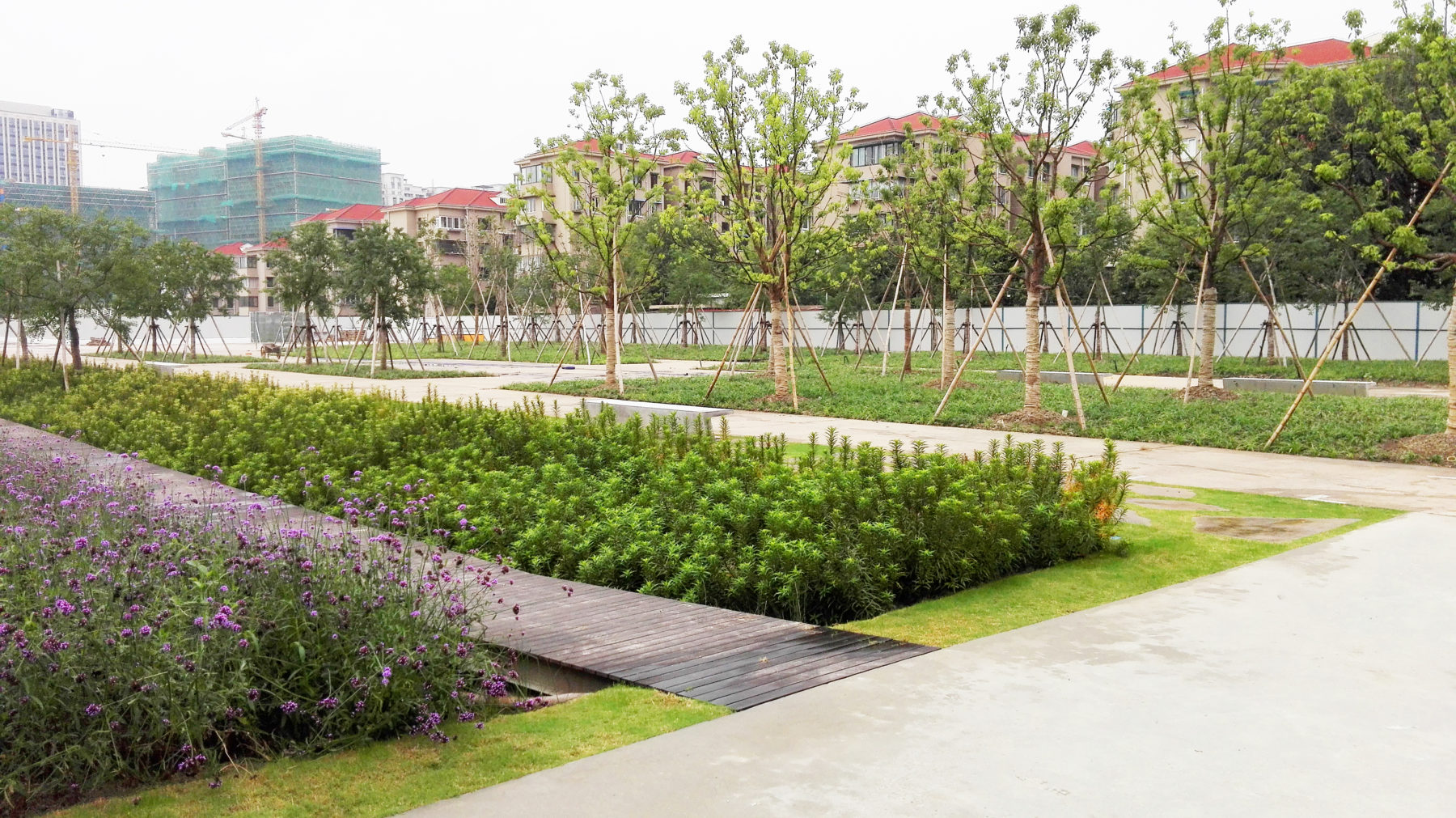The City of São Paulo, through the Municipal Department of Subprefectures, is delivering innovative green areas to the population, which add the beauty of leaves and flowers to the functionality of capturing rainwater. These are rain gardens, whose objective is to increase soil permeability in the city and minimize the effects of flooding. In addition to the functions of green infrastructure, these modalities expand the possibilities of well-being, leisure, permeability, and urban biodiversity, while helping to drain rainwater. The gardens filter water into an underground drainage network and prevent surface accumulation. “The implementation of green areas is very important to reduce the aridity of the city, with the use of plants and flowers. But more than that, the rain gardens have the differential ability to drain the water that until then was accumulated in the asphalt. It’s one more measure to reduce the points of flooding”, says Alexandre Modonezi, municipal secretary of Subprefectures.
The gardens are distributed in the north, south, east, west, and center zones. All the works were carried out by teams already hired by the Subprefectures, without exceptional hires. The central region of the capital was chosen to receive the pilot project of Solutions based on Nature (SbN) which concentrates most of the gardens. There are around 60,000 m2, if we also consider other interventions with the same function of capturing water, such as green spaces, bio-culverts, green staircases, infiltration wells, land art, and urban conservation woods. Delivery of 400 units is expected by the end of 2024. The City Hall has been working to secure international funding to expand the number of works of this type to 2,000.

